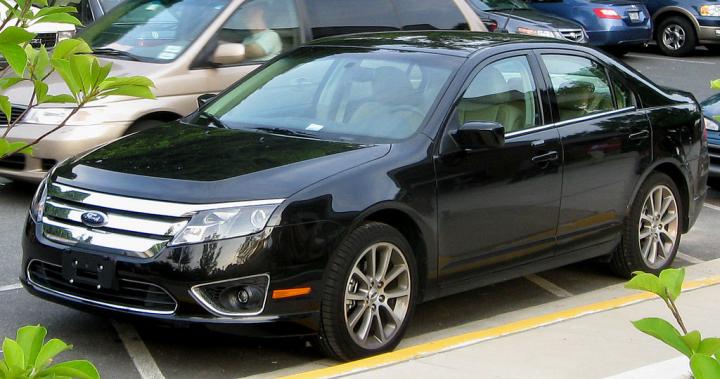
Scientists reveal the characteristics of the perfect car
A professor from the University of California, Riverside, along with his colleagues, has determined the characteristics of a perfect car, in a recent study.
Professor Subramanian “Bala” Balachander combined data on aesthetic design and sales to reveal that while customers don’t like cars to look too different from the market average, they also don’t want something that looks too similar.

They discovered that when consumers buy a luxury car, it is more important to them that the car looks consistent with the brand, rather than looking like other cars in the market segment. This means that even economy cars can gain in popularity by mimicking the aesthetics of luxury vehicles.
The team’s results will assist marketers make better decisions about a vehicle’s exterior design, and can be applied a wide range of product categories like electronics, wearable technologies and household appliances, according to Balachander.
“Using our quantitative design model, product design managers in all sectors can forecast sales and profits of alternative aesthetic designs,” he said.
In order to quantify the physical appearance of real products, the researchers turned to a new morphing technique which allowed them to construct the ‘average’ car in a particular market segment or brand from a series of individual pictures.
Once that was developed, they determined the similarity of more than 200 car models from 33 brands sold in the U.S. over a seven-year period to that average, examining factors like how typical a product is compared to other products in the same market, how much a product looks like the average product in a brand’s product lineup, and how much the design of an economy product mimics a luxury product, while controlling for other variables such as price and advertising.
Their results showed that the aesthetic design of a product plays a role in consumer preference, specifically that consumers prefer products that are neither too similar to the average product nor drastically different. In the luxury category, customers prefer cars that adhere more closely to the brand, and less to the market average and products in the economy segment of a market can find themselves gaining popularity by copying some of the aesthetics of luxury products.
According to Balachander the results identify the fine line between creating products that appeal to consumers because they stand out, but are not perceived as ugly.
“In contrast to previous research, which has shown that consumers prefer a more prototypical car, our study highlights the advantage of introducing some level of freshness into a new model, particularly if those unique design elements mimic those of a luxury car,” Balachander said.

Comments are closed, but trackbacks and pingbacks are open.